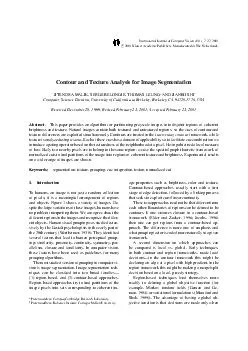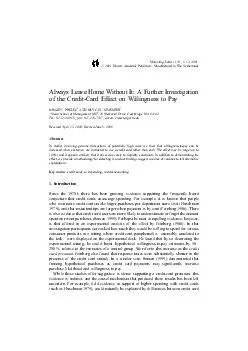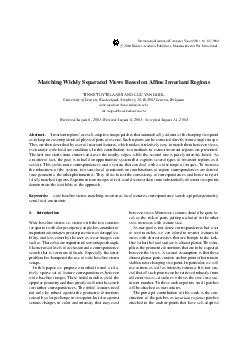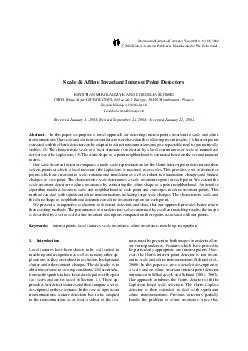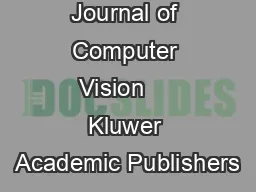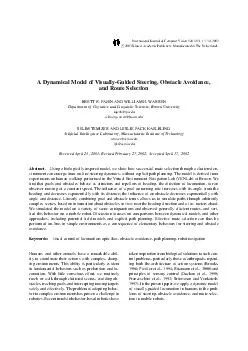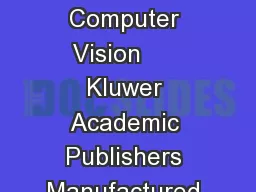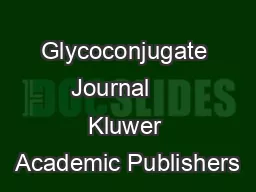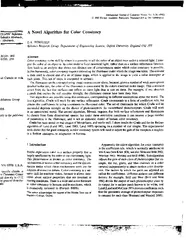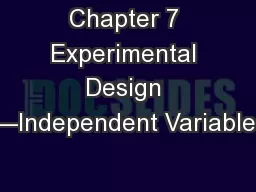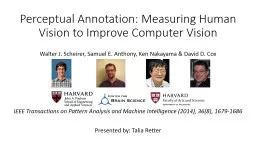PDF-International Journal of Computer Vision Kluwer Academic Publishers
Author : jane-oiler | Published Date : 2014-12-27
Manufactured in The Netherlands Contour and Texture Analysis for Image Segmentation JITENDRA MALIK SERGE BELONGIE THOMAS LEUNG AND JIANBO SHI Computer Science Division
Presentation Embed Code
Download Presentation
Download Presentation The PPT/PDF document "International Journal of Computer Vision..." is the property of its rightful owner. Permission is granted to download and print the materials on this website for personal, non-commercial use only, and to display it on your personal computer provided you do not modify the materials and that you retain all copyright notices contained in the materials. By downloading content from our website, you accept the terms of this agreement.
International Journal of Computer Vision Kluwer Academic Publishers: Transcript
Download Rules Of Document
"International Journal of Computer Vision Kluwer Academic Publishers"The content belongs to its owner. You may download and print it for personal use, without modification, and keep all copyright notices. By downloading, you agree to these terms.
Related Documents

